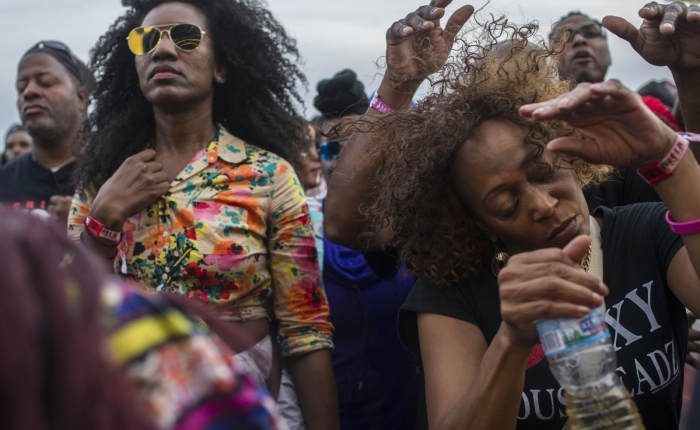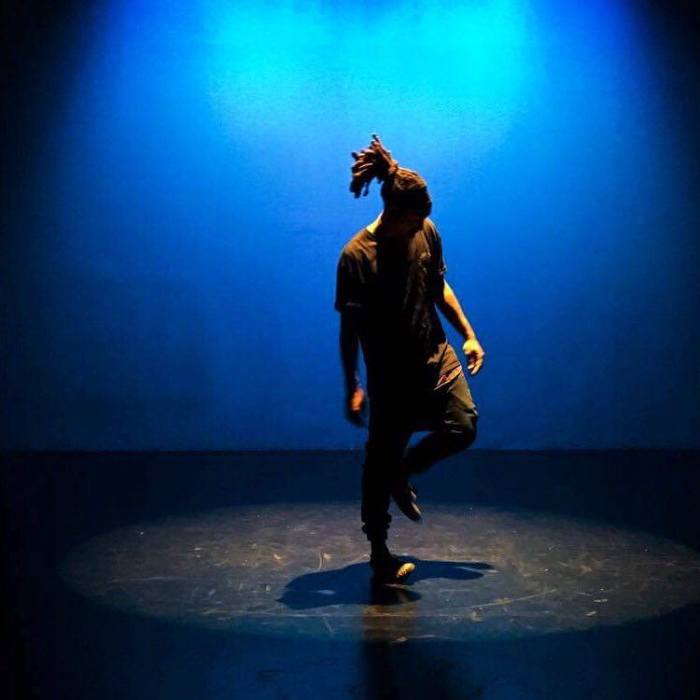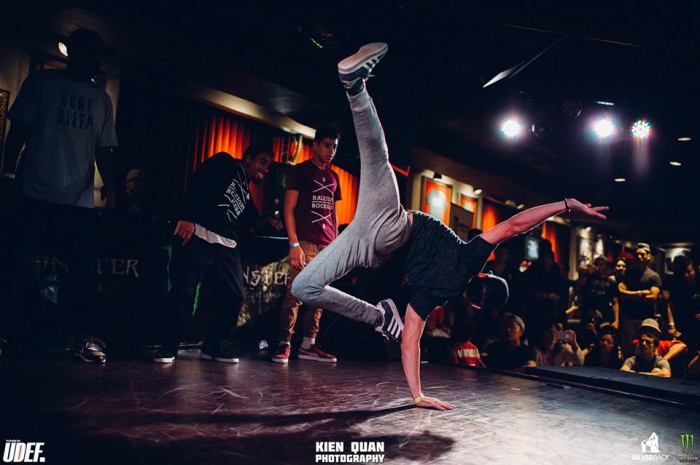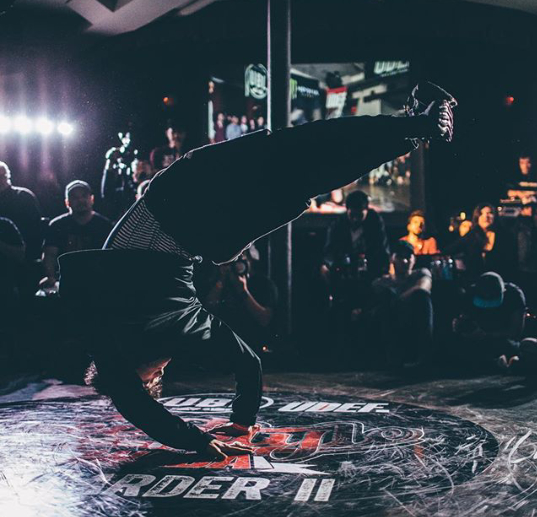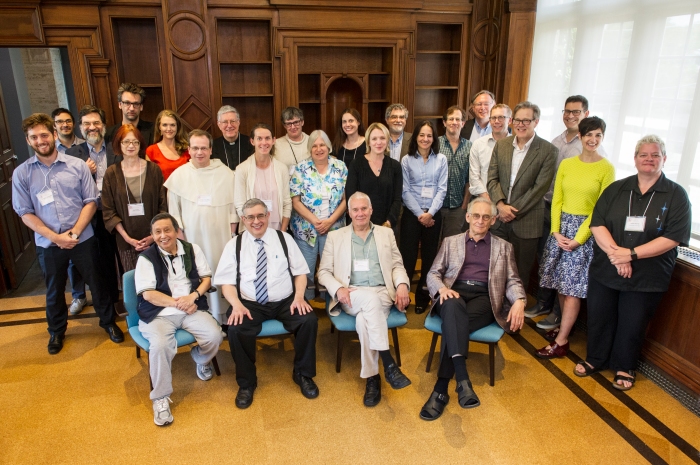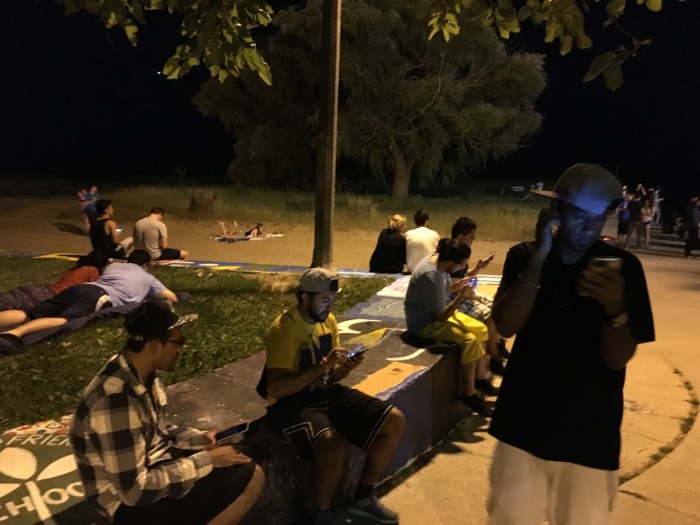
Since its release on July 7th 2016, Pokemon Go has already become the most downloaded video game of all time in the United States. Nintendo’s market value went up an astonishing 9 billion dollars in five days, and most major cities in the U.S now have a dedicated following of people getting together to hunt digital creatures. We can of course point to a plurality of reasons why Pokemon Go has become such a success: 90’s nostalgia, the novelty of augmented reality, and a fun way to exercise, among others. However, I wish to illuminate one aspect of the success story that has been surprisingly ignored: namely, that playing Pokemon Go may also be virtuous.
If you have not yet downloaded Pokemon Go, here is how it works. The object of the game is to catch as many little fantasy creatures—Pokemon—as possible. The phone app displays the player’s location on a map via GPS. When the player moves around in the real world, so does a little avatar on the map. Therefore if you want to go from A to B in the game you have to do it in real life. Pokemon creatures are scattered all around the map and players have to move around in real life to catch them. Players go to real world locations, pull out their phones, and try to catch the creatures that appear on their screens. Pokemon come in various degrees of rarity and power, and the more caught the better.
To understand how and why Pokemon Go promotes virtue we need to first think about the role of play and playfulness in human life. When we think of virtuous people and list their characteristics, rarely do we list playfulness as one of their core traits. A virtuous person might be brave, generous and have temperance, but whether that person is playful does not seem to matter in our evaluation of their moral character. However, this is a mistake. Play and playfulness are integral to what it means to be a harmonious and flourishing human being.
A large body of research spanning sociology, psychology, philosophy, and education all support this conclusion. Play and playfulness in adults have been showed to effectively reduce stress, and combat anxiety (Magnuson & Barnett, 2012). Play has long been shown to be an effective learning strategy inside and outside formal education (Mann, 1996). Furthermore, playfulness and play promote mental states that are almost meditative in nature. Being playful and playing makes us healthier, happier, and more open to new information.
Play
The Vienna Circle philosopher Moritz Schlick (1882–1936) went as far as to argue that play is the very meaning of human life (On the Meaning of Life, 1927). Although this claim might seem extreme, we can learn various insights about human flourishing from Schlick’s definition of play. Schlick defines play as a state of mind in which an activity is performed just for the sake of itself. In other words the process of the activity is much more important than the product of the activity (114-115). Play is a mind state that can be applied to any human activity. The playful person finds pleasure in the activity itself, not the product.
If being a flourishing human is to be balanced, happy and steadily self-improving (as Aristotle believed), then playfulness must be included in the list of virtues, since it promotes all the conditions required for flourishing.
As Philosopher Dale Mann points out in Serious Play, learning is a latent function of play, but it is a very powerful and fortunate latent function. In fact, it turns out from studies done on players of the video game World of Warcraft that organizational and leadership skills are taught much better when the intention is simply to have fun and not to learn (Forbes Magazine, JUN 24, 2015). In other words, if you want someone to learn, let them enjoy something that is fun simply for the sake of itself, and they will work it out with a whole new skill set. Nobody gets on a swing to learn kinesthetic coordination, or to build muscles; children get on swings because they are fun. Similarly, nobody plays Pokemon Go because they want to learn the metric system, city geography, or statistics. People play Pokemon Go because it is enjoyable in itself, and that has tremendous learning potential.
Similarly–as the site Gizmodo reports–American students are suddenly starting to understand the metric system, since Pokemon Go operates in kilometers not miles (Nunez 2016). Geography teachers in Copenhagen Denmark found that those of their students who played Pokemon Go not only began to develop a much stronger contextual understanding of the city and its history, they also had much stronger basic understanding of maps and national geography (Realdania, 2016). As a personal example, I can say that I now remember which main streets in Chicago are North-South directed and which streets run East-West because playing Pokemon Go has taught me the city’s grid.

It has been accepted for decades that meditation is a healthy way to relieve stress and anxiety. However, if we take Moritz Schlick’s definition of play seriously, then a successful engagement with a playful experience should have the same healthy effect as meditation. This means we might start thinking of play as another avenue for self-love and self-care. Researchers are finding that Pokemon Go encourages a kind of playful sensibility and sociability that can be very good for shy people, people with agoraphobia, and people with autism, many of whom struggle with social skills. Cities such as New York and Chicago have communities of people who venture out together in flocks to catch Pokemon, set lures, and acquire Poke Gyms from rivaling teams. When walking through the Chicago loop one can often see groups of people spontaneously meeting and talking to one another because they ran into someone else playing Pokemon Go. Players rely on information from other players about where to find a Poke Gym or where rare Pokemon have been sighted.
Self-transcendence
What is even more astonishing is that the game seems to promote almost altruistic tendencies in people. Players can work together by setting lures, which are little traps that attract Pokemon the same way using bait attracts fish. One person might pay for a lure and launch it somewhere, but anyone else in the vicinity can benefit from it. Players enjoy this social aspect of the game, as the lures they have generously set attract other humans as well. While there is no reward for helping other players, Pokemon Go has developed a community of people helping one another out by setting lures or giving directions simply so that others may enjoy the game. This is especially pronounced in the case of setting the lure, since the player may never see or talk to the person that benefits from the help. Although we have to be careful drawing any grand conclusions regarding human nature from a video game, it is interesting to note that as soon as people are in a non-competitive playful environment, the possibility of genuine altruism emerges.
Pokemon Go promotes self-care because it is played only for the sake of itself. The enjoyment one get’s from catching Pokemon is not from completing the game, which is currently impossible. In fact the game is very up front about the fact that it is impossible to complete it. Neither can the game be lost, since there are no time limits and no life counter or points. Rather, the enjoyment from Pokemon Go is generated from process itself. Unlike so many other games that are focused on competition, skill acquisition, and achievement, Pokemon Go demands only the desire for adventure (and good walking shoes). We can say that Pokemon Go promotes the mental state of flow: the mind set in which a person becomes so engaged with the activity that they forget everything else and become one with the activity. Some might see achieving such a mind state in a video game as a form of dilly dallying, but that is exactly why it is healthy. Entering into a mind state of flow has consistently been shown support overall happiness, improve academic and work related performance and relieve stress (Csikszentmihalyi, 2014). Whether the condition of flow is acquired through a video game or diligently working on a tax report, the benefits are the same.

http://imgur.com/gallery/brlde
We cannot forget that play is intrinsically community oriented. Culturally in the West adults have many forms of entertainment available to them, but there is an important difference between being entertained, and playing. Entertainment can be a passive form of consumption; play and playfulness, on the other hand, demands participation. Pokemon Go encourages players to explore their community by making landmarks in the real world appear on the map as either Poke Gyms—places to battle with other players–or Poke stops (locations to pick up game items). Poke Gyms are often important locations such as the entrance to a museum, a famous sculpture, or a historic site. For example, the Regenstein library at the University of Chicago is a Pokegym (guarded by a Gastly). By making actual landmarks integral to the gameplay experience, Pokemon Go makes its participants explore their own and other communities.
Pokemon Go has been a global success for many reasons, but one of the most important reasons people enjoy it is because the game is inherently playful and encourages collaboration and altruism. To be playful is a virtue that directly takes us towards flourishing because it promotes balance, happiness, community, altruism, and self-love. So the next time you see a group of grownups running around trying to evolve their Bulbasaur, don’t just roll your eyes. Think about joining in the fun.
Christian Kronsted is a graduate student assistant with Virtue, Happiness, & the Meaning of Life.
